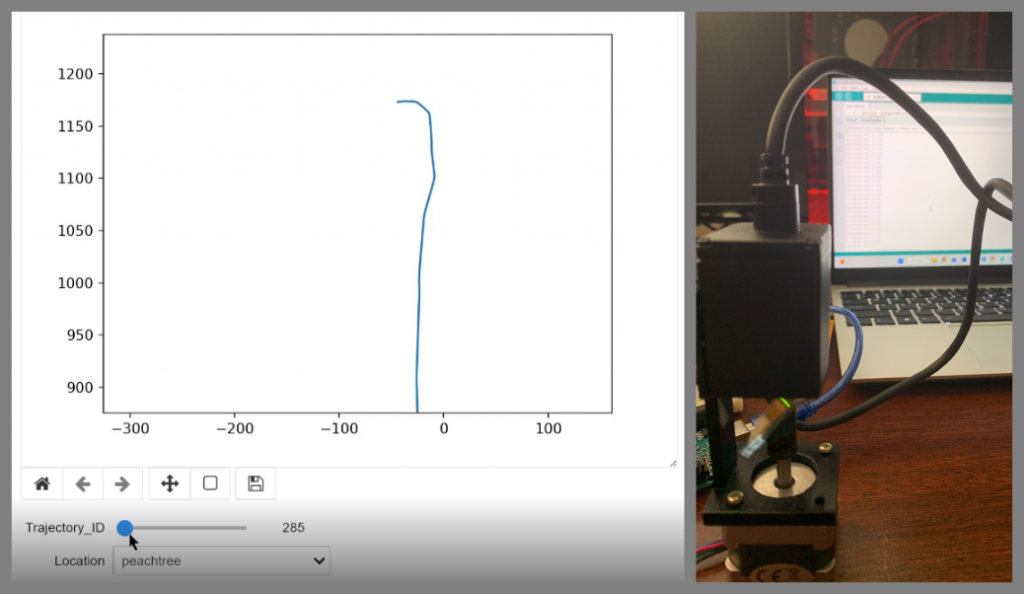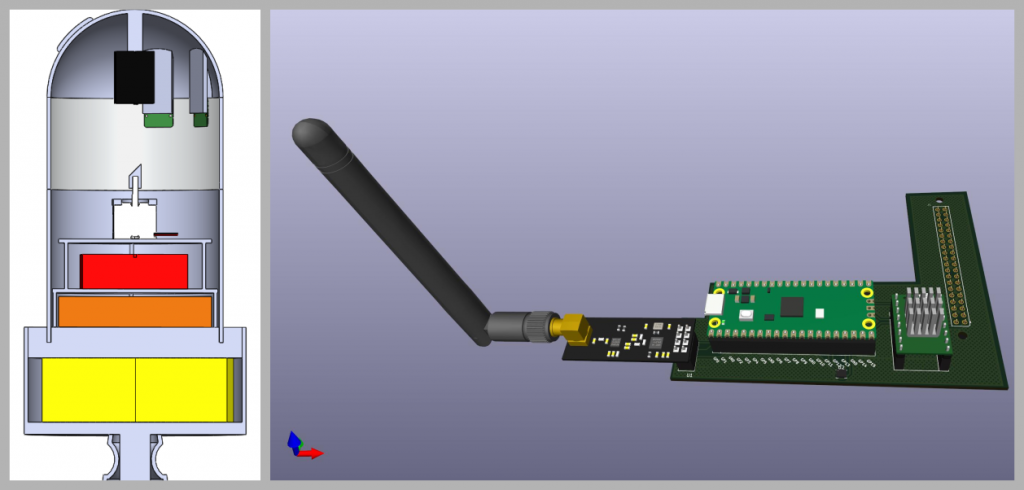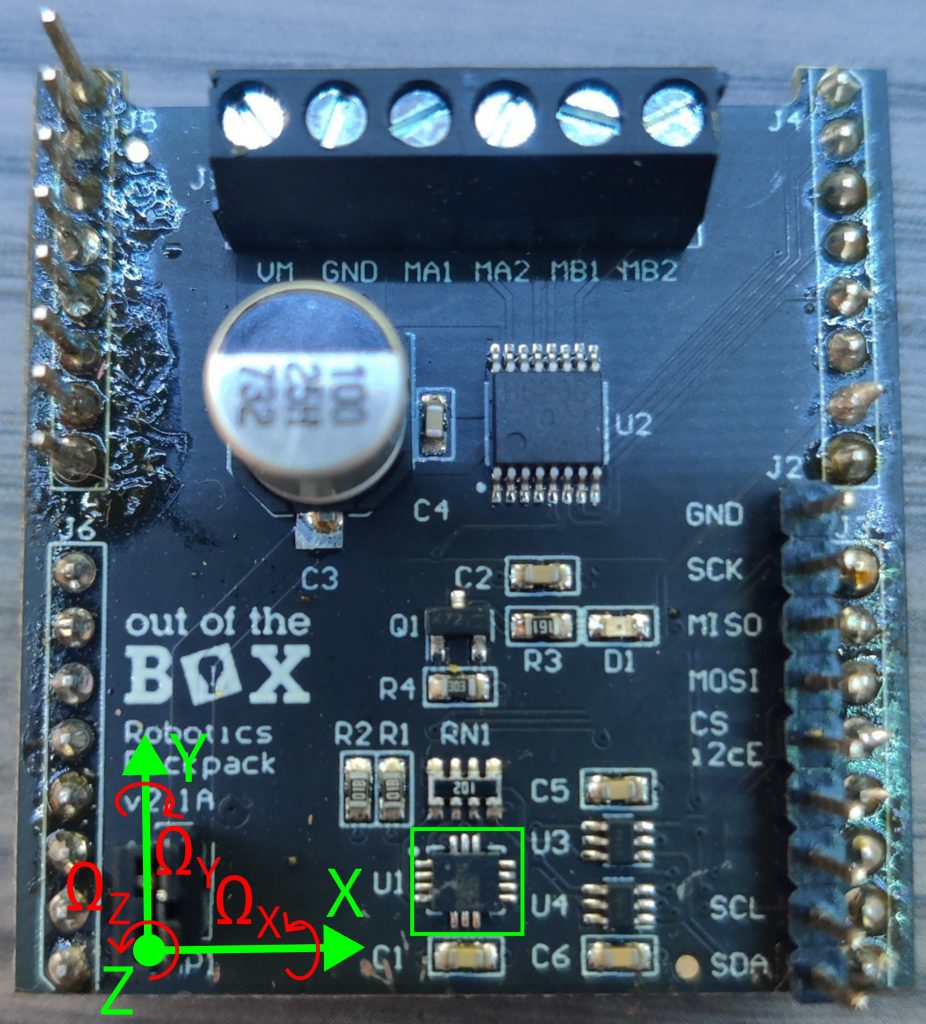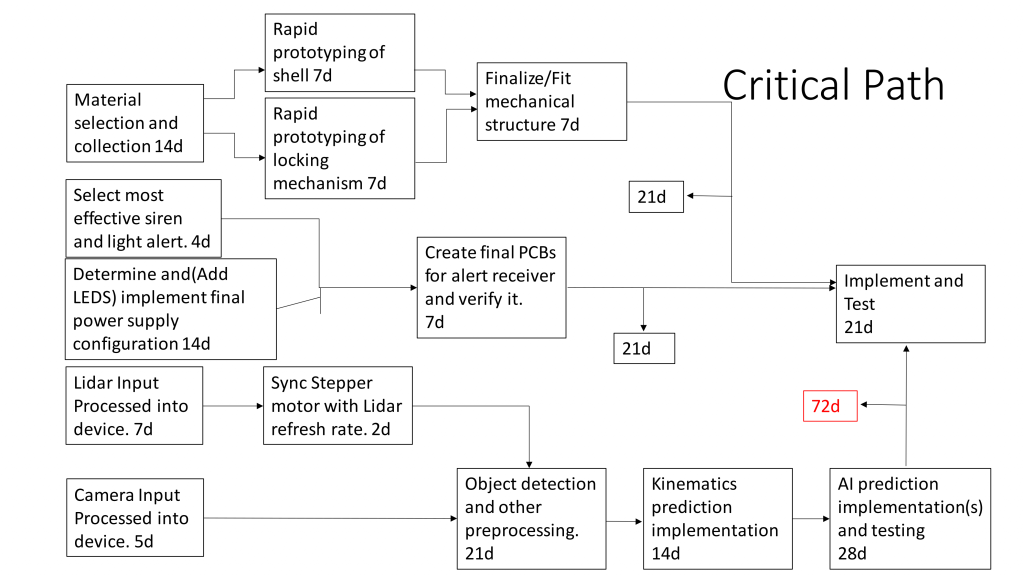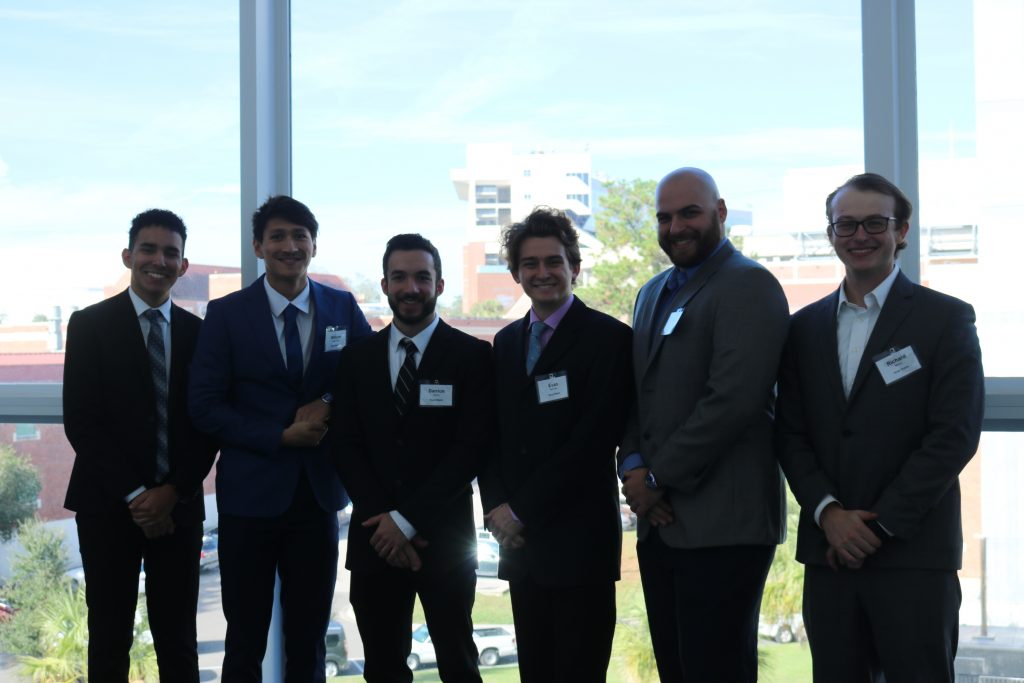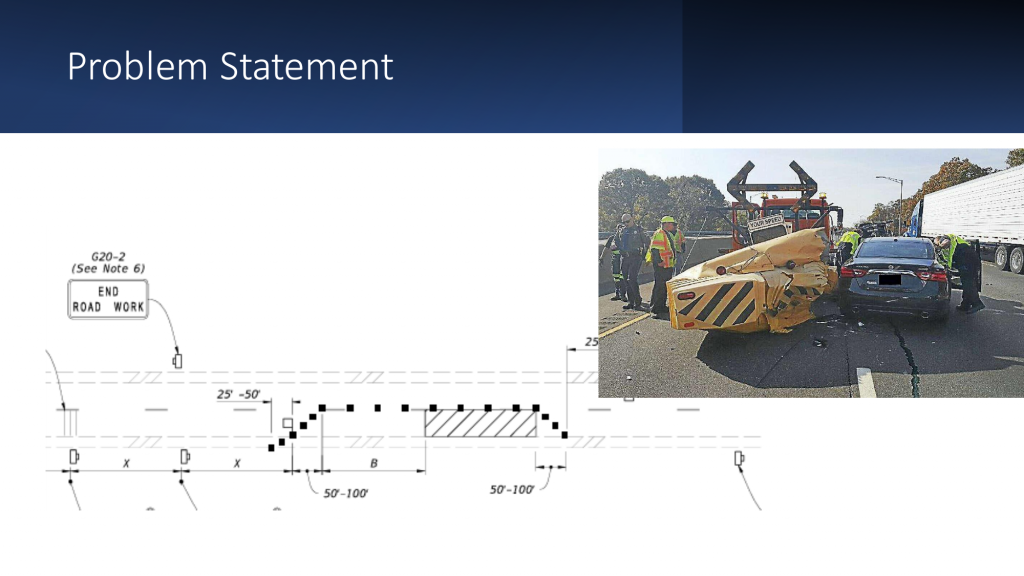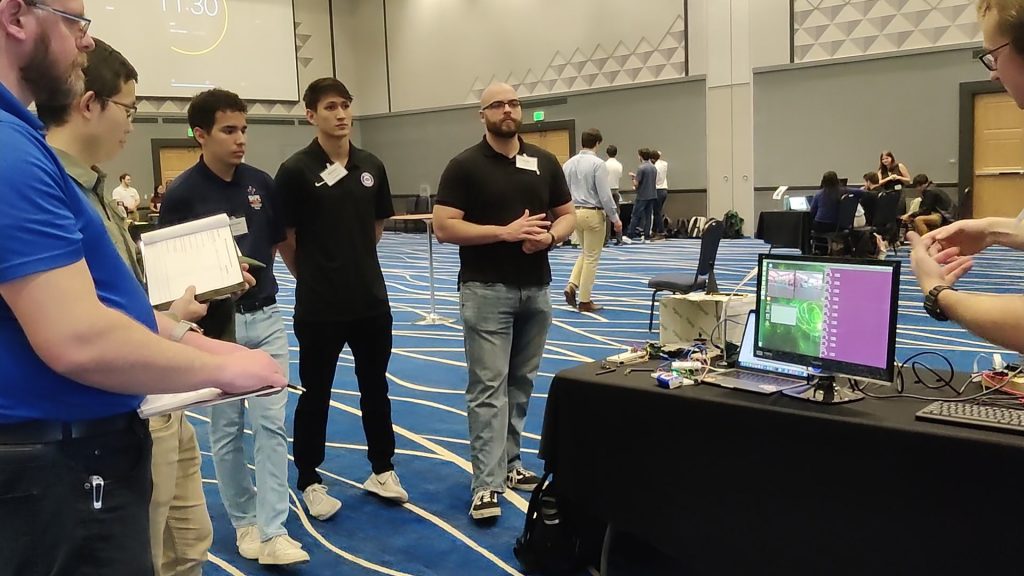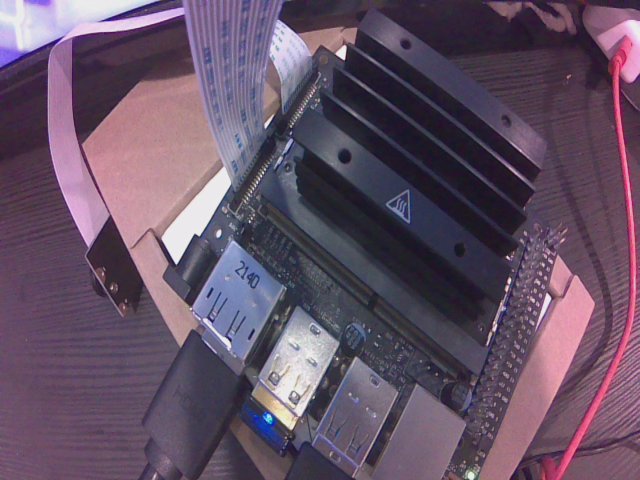As indicated in the previous post, this week featured the first class session exclusively dedicated to project work. This provided an amazing opportunity for the Road Watch team to collaborate for an extended period of time. We met virtually, via Teams, to discuss project status and exchange ideas. It was a nice change of pace to be able to work on a segment of a project and be able to immediately ask a teammate for their input, instead of having to message them and wait for their reply. Several developments came out of this meeting. First, we began planning a design for a physical LiDAR testbench, which would use extruded aluminum bars to create a track for a scaled-down car. Next, we discussed the status of the Detection Subsystem PCB, which was just ordered, and will hopefully be arriving next week. Finally, several team members configured their local Git repositories, so that they could track their code changes and commit to the team repository on GitHub. Overall, the meeting was very productive. QRB2 is rapidly approaching, so be sure to read next week’s post to follow our preparation efforts.

